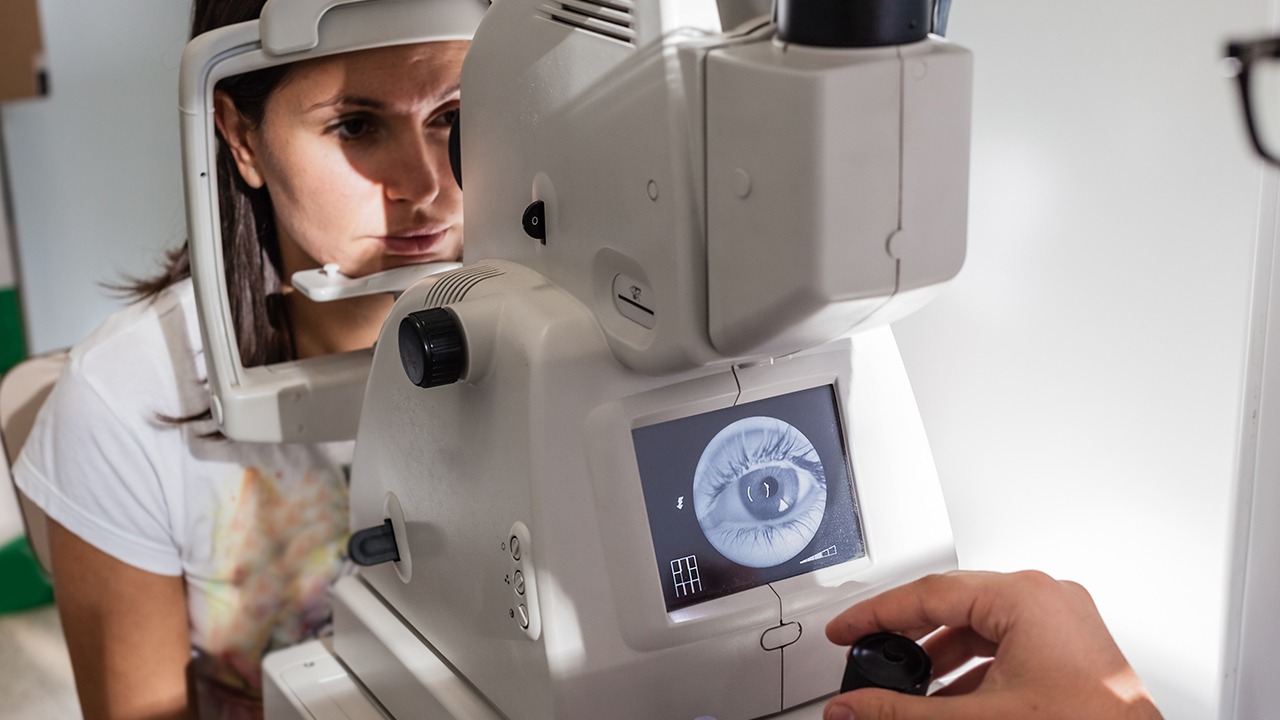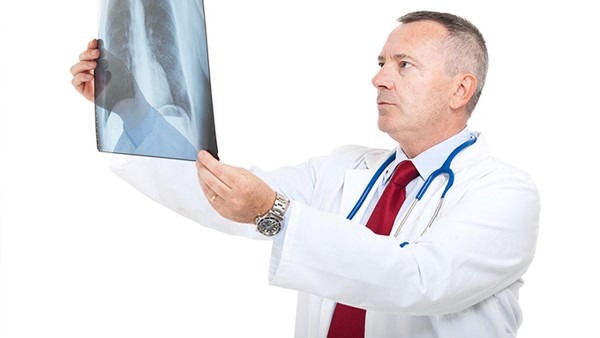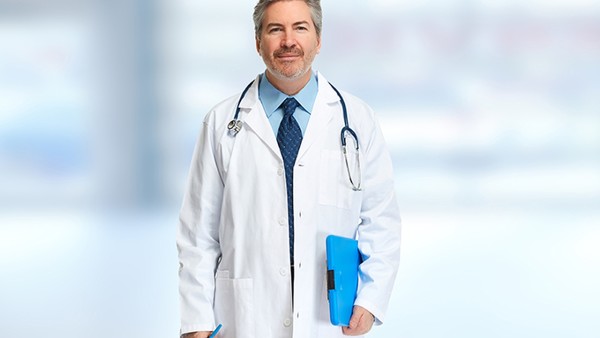Baby Navel Care: A Comprehensive Guide for Parents

Introduction
The baby's navel, also known as the umbilicus, is the remnant of the umbilical cord that connected the baby to the placenta during pregnancy. After birth, the umbilical cord is clamped and cut, leaving a small stump that eventually dries up and falls off within 1-3 weeks. Proper navel care is essential to prevent infection and promote healing. This article provides a comprehensive guide for parents on how to care for their baby's navel.
Understanding the Baby's Navel
The baby's navel is a sensitive area that requires special attention during the first few weeks of life. It is important to understand the different stages of navel healing:
Stage 1: After birth, the umbilical stump is a soft, gelatinous structure that is still attached to the baby's abdomen.
Stage 2: Within a few days, the stump begins to dry up and turn a dark brown or black color.
Stage 3: The dried stump eventually separates from the skin, leaving a small scab that covers the opening of the navel.
Stage 4: The scab falls off, revealing the healed navel.
Steps for Proper Navel Care
To ensure proper healing and prevent infection, parents should follow these steps for navel care:
1. Keep the Navel Dry and Clean
Keep the diaper below the navel to avoid irritation and moisture.
If the diaper does get wet or dirty, change it promptly.
Avoid using harsh soaps, fragrances, or alcohol-based products on the navel area.
Gently pat the navel dry with a clean cloth after bathing.
2. Avoid Touching or Picking the Navel
Resist the urge to touch or pick at the navel stump, as this can delay healing and increase the risk of infection.
If the stump becomes loose, do not pull it off prematurely. Allow it to fall off naturally.
3. Monitor the Navel for Signs of Infection
Observe the navel for any signs of redness, swelling, or discharge.
If the navel is oozing a clear or yellow liquid, it could be a sign of infection.
If the baby has a fever or is irritable, seek medical attention immediately.
4. Use Sterile Cotton Swabs
If any crust or discharge needs to be removed, use sterile cotton swabs dipped in warm water.
Gently wipe the navel from the base to the tip, using a new swab for each wipe.
5. Consider an Umbilical Band
Some parents may choose to use an umbilical band or wrap around the navel to keep it dry and protected.
Make sure the band is loose enough to allow for circulation and does not irritate the skin.
Common Concerns and Solutions
Concern: The navel stump is still attached after 3 weeks.
Solution: Most umbilical stumps fall off within 1-3 weeks. If it remains attached after 3 weeks, consult a healthcare professional.
Concern: The navel is bleeding or oozing.
Solution: Minor bleeding is normal during the early stages of healing. However, if the bleeding persists or the navel oozes pus, seek medical attention.
Concern: The navel is not healing or is infected.
Solution: If the navel shows signs of infection, such as redness, swelling, or discharge, consult a healthcare professional immediately. Antibiotics may be prescribed to treat the infection.
Concern: The navel is protruding or sunken.
Solution: In most cases, the navel will flatten out as the baby grows. However, if the navel is severely protruding or sunken, consult a healthcare professional to rule out any underlying medical conditions.
When to Seek Medical Attention
It is important to seek medical attention if you notice any of the following signs of infection:
Redness, swelling, or inflammation around the navel
Oozing of pus or clear fluid
Bad odor
Fever
Irritability in the baby
Prompt medical attention can help prevent serious complications, such as omphalitis, which is an infection of the navel.
Additional Tips for Parents
Be patient: Navel healing takes time. Avoid becoming anxious if the stump does not fall off immediately.
Follow the instructions of your healthcare professional: Each baby heals differently. Follow the instructions provided by your healthcare professional for the best care.
Trust your instincts: If you have any concerns about the appearance or healing process of the navel, do not hesitate to contact your healthcare provider.
The above is all the content that the editor wants to share with you. I sincerely hope that these contents can bring some help to your life and health, and I also wish that your life will be happier and happier.
Topic: #baby #navel #care














